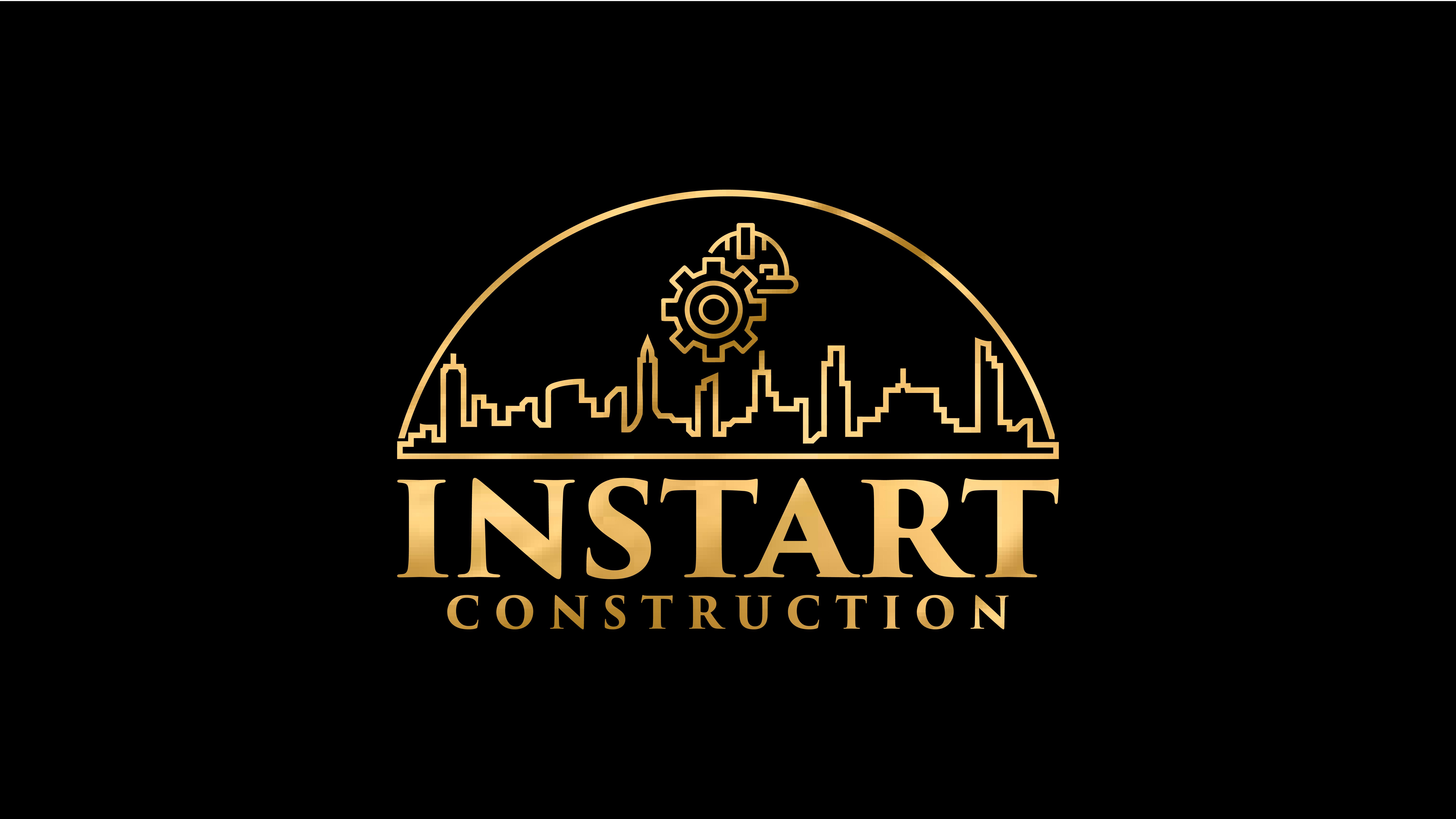So, what drywall exactly is?
Drywall is not just a building material or a surface. It has many more things to offer to a building and the builders. Drywall is the safest materials used for commercial and residential walls across the construction industry. To summarize, the popularity of drywall is attributed to many reasons. More than being just a surface, drywalls play a crucial role in making your home completely moisture resistance, fire resistance, mold resistance, sound-proof, and water-proof. Plus, it is also easy to install and requires some simple repairs if damaged.
Before drywall came to the market, builders and developers used have plaster for the walls. And needless to say, plaster required lots of energy, high upfront coats, long drying times, and extremely labor-intensive. Plus, its installation processes and repair procedures are also very challenging, time-consuming, and tough to carry out. Thus, when the concept of drywall hit the market, it soon became the most popular choice for homeowners and clearly, it is now one of the most widely used building materials for wall construction.
Blue Board Drywall
Named for its outer coating of specially formulated blue paper, blue board drywall is a highly moisture-resistant form of drywall that’s best in bathrooms and basements. It still has the inner layer of gypsum, but the outer blue paper is specially treated for moisture resistance. However, it’s not waterproof, so blue board is designed only to be used indoors.
Fiberglass or Paperless Drywall
In recent years, developers have started making a new type of drywall that uses fiberglass mesh for the outer layers instead of paper. Fiberglass-coated drywall is both mold and moisture resistant.
Purple board drywall is not just moisture and mold resistant, it’s fire-resistant as well. The gypsum is fire and moisture resistant, and it’s sandwiched between mold and moisture resistant paper, and is usually 5/16-inch thick. This type of drywall is used for ceilings, walls that need moisture protection, but also for high traffic areas because it is dent and scratch-resistant. Purple board drywall will usually cost about 30% more than regular drywall..png)
Drywall Installation – Easiest Way To Give Your Home or an office A Polishing Look
Installing high-performance drywall can be done, both by DIY tricks and professional help. With few required tools like safety glasses and mask, saw horses, wall taping kits, tape measures, safety goggle, air, and sheet sander and polisher, drywall sheets, cutting gadgets, knife set, had saws, and drywall screws, you can go for DIY drywall installation on your own. But for specialized, immaculate, and quick drywall repair, installation, and finishing; we’ll suggest you hire professionals only like drywall contractors from Instart Construction.



